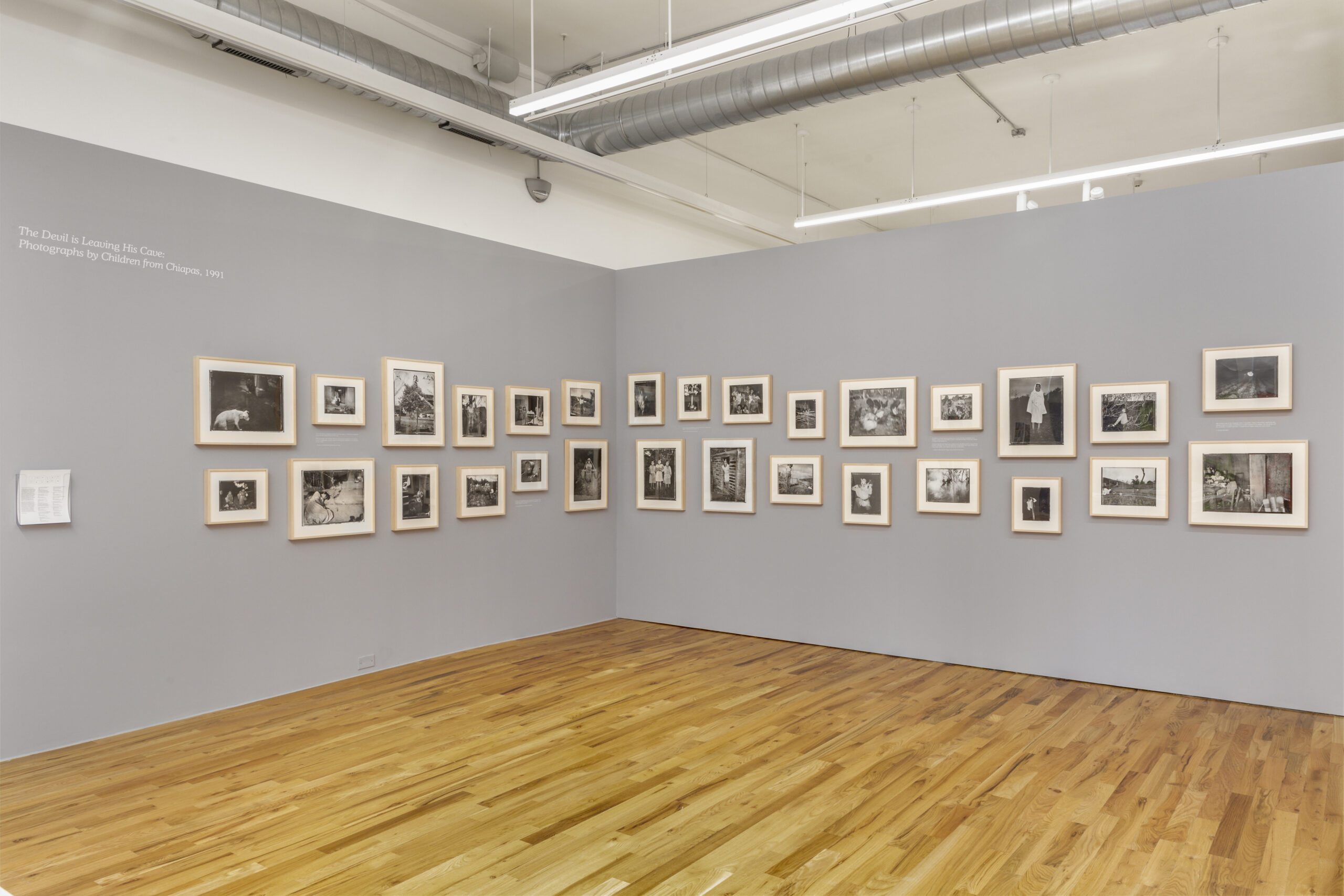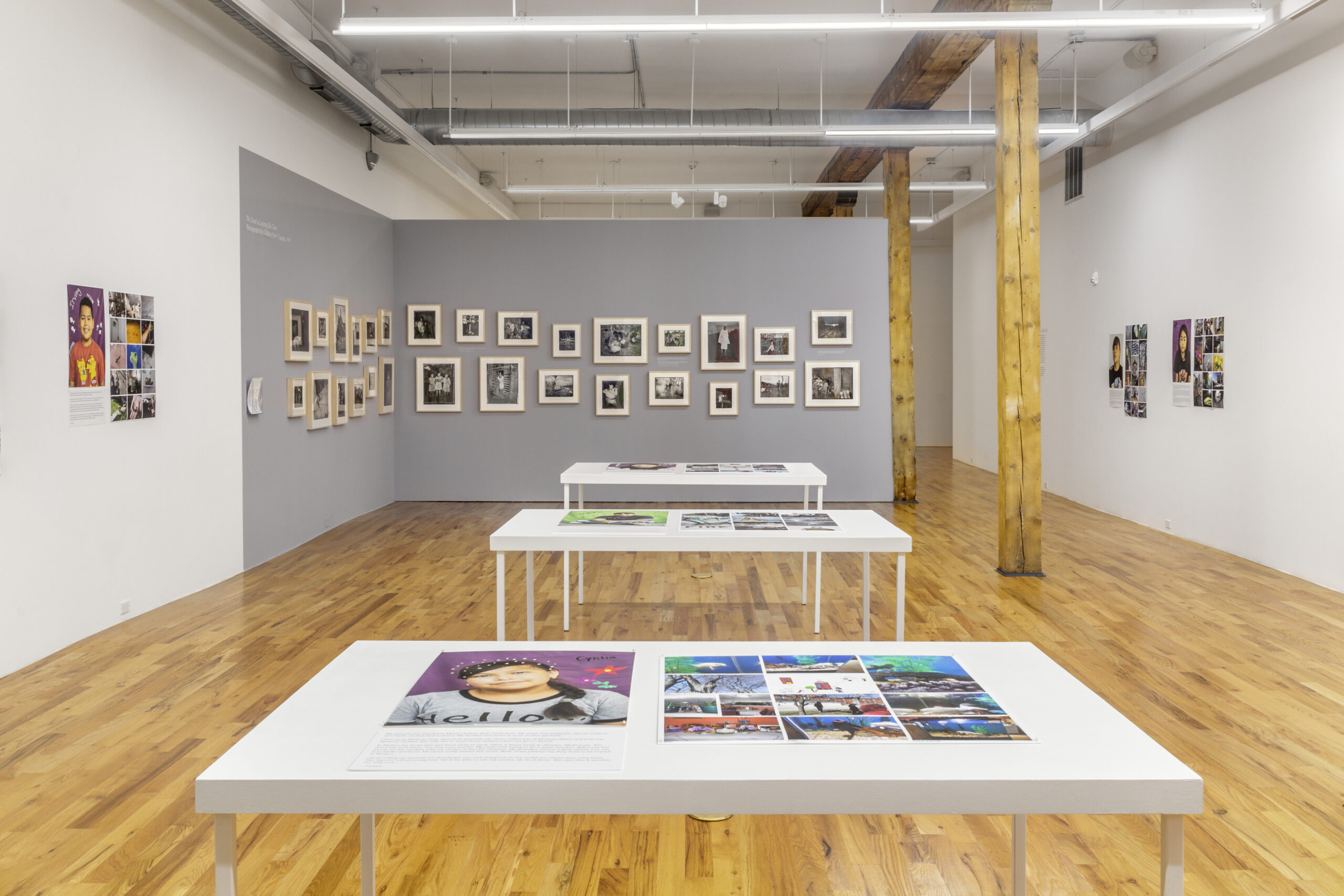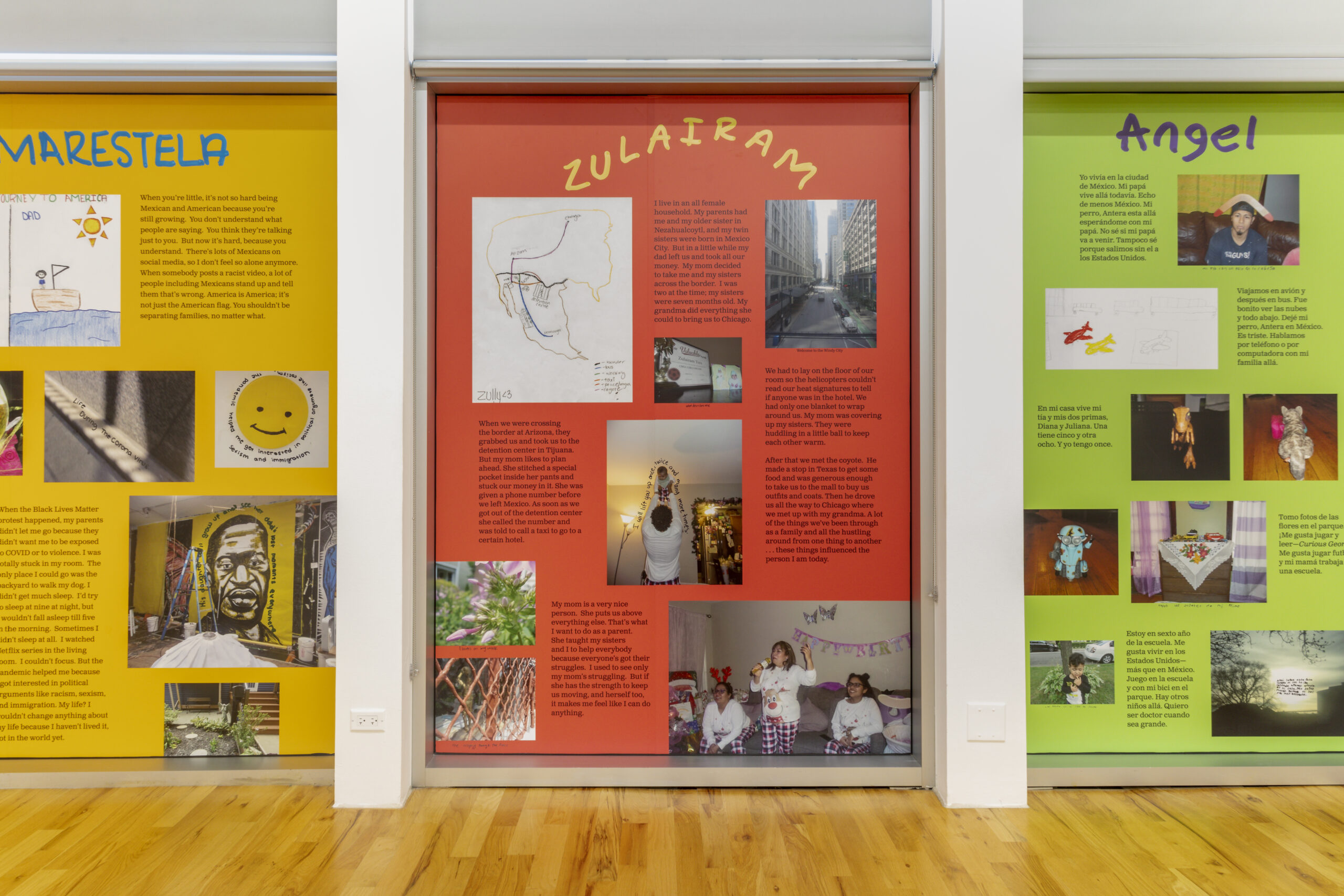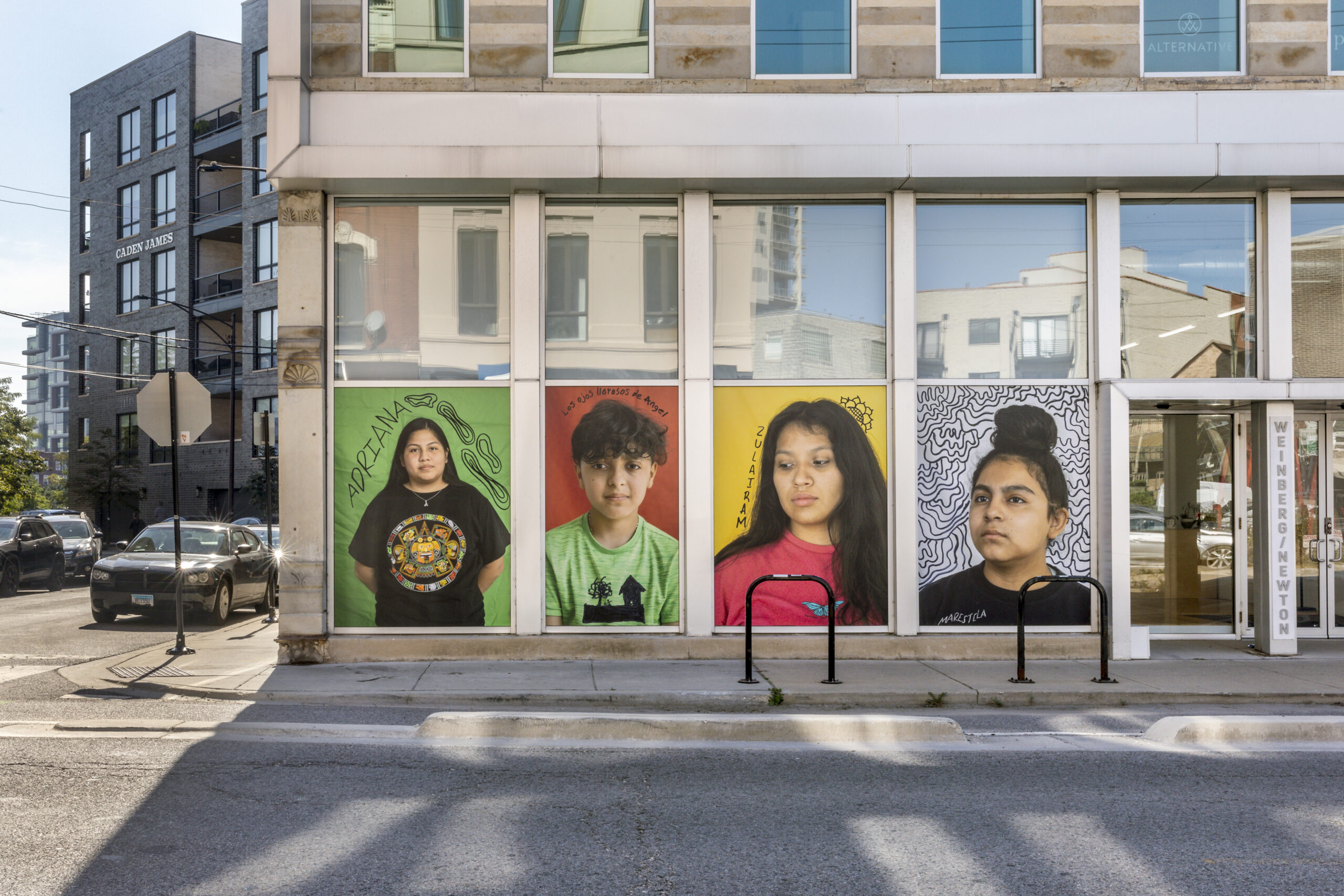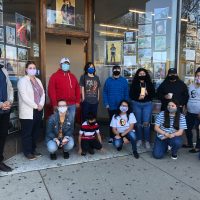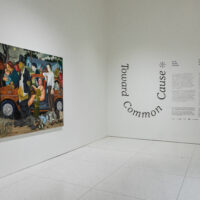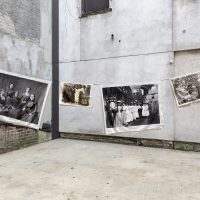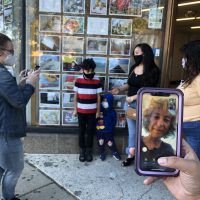Wendy Ewald
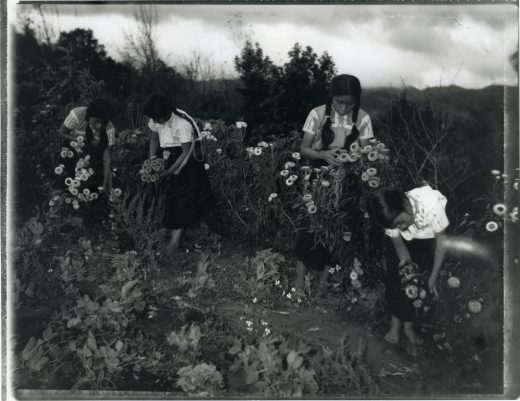
Wendy Ewald is an artist defined by collaboration. Over a 50-year career she has distributed cameras to children and adults, teaching them rudimentary photography skills and asking them to photograph their lives—the quotidian and extraordinary, what happens during their days and their dreams. When asked which aspects of her work are too often omitted from guidebooks and exhibitions, Ewald stated, “The images that the students I work with [produce] are as valuable as any artist’s.” Born in 1951 in Detroit, Ewald’s family was deeply enmeshed in the world of photography. Her grandfather invented roadside billboards with images and her house was full of photographic paraphernalia. Though photography was a constant in her life, she was the one in the family to question and probe its meaning and possibilities. There is a documentary quality to the work that could almost be classified as anthropological, were it not for the fact that Ewald is more interested in the perspective of those being studied than those doing the studying. This drive to understand people in their contexts has taken her around the world. From early work in Appalachia to South Africa, Mexico, England, Israel, and the West Bank, she has been drawn to places of conflict. Ewald shifts the focus from event to people, intimately drawn into the lives of those with whom she works.
Two series, Portraits and Dreams and Retratos y Sueños delve into childhood play and fantasies, along with attendant dark or disturbing fears and afflictions. These images are complicated, narrative, layered, and deep. Expression is empowering for those who share their lives in these images. Refocusing the lens of “art” through children’s eyes allows the truth to become clearer, avoiding news-media tropes of regions where life is difficult. It is these images: collected, curated, developed, sometimes written or drawn on by Ewald and her collaborators, that form the majority of her work. This practice challenges traditional artistic conceptions of the genius of the artist, authorship, and the power structures of the art world and larger world. The captions and names of those who shoot the photographs are included along with Ewald’s name on every piece of work. With the respect that she is afforded as an artist, she is dedicated to breaking down the barriers between what is appreciated as “art” and what is not. When each project ends, she wants it understood that her work is not helping those who are the subjects. It is their collective work that helps “the rest of the world to understand, to be responsible, to appreciate.” Through this process, Ewald puts others’ experiences before her own and creates portals for empathy.
